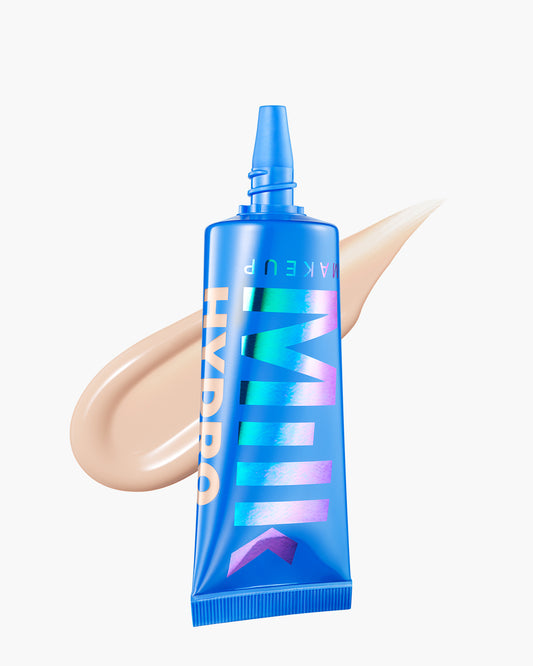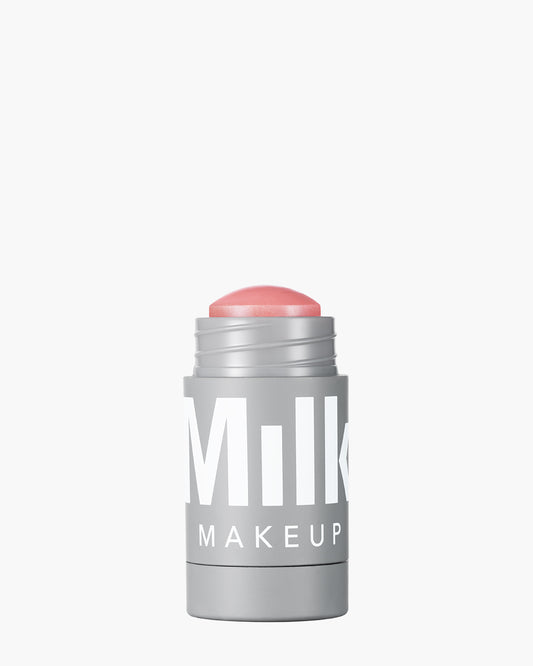The ballroom and kiki scenes are hot in mainstream culture right now, but it’s important to realize that these are long-established communities that rose out of adversity, discrimination, and the need for mutual aid. These decades-old scenes have deep roots in New York City and branches that touch every part of the globe. As you will find in this short history: It’s a lot more than just a dance and it goes back much further than Madonna. Like many other Black communities, ballroom’s history is one that’s most often been preserved through oral traditions. Our version of that history involves those oral retellings that have been accepted as fact as well facts that have been preserved through primary sources.
Before there was the ballroom scene, there were balls
The ballroom scene was born from something that came before it: balls. Since the 1860s, balls have been taking place in New York City. (The first Hamilton Lodge Ball was in 1869.) These were lavish functions where men dressed up in drag as a play on masquerade balls. As Elyssa Maxx Goodman writes in Glitter and Concrete: A Cultural History of Drag in New York City (out September 12): “Masquerade balls had long been a tradition in ‘straight’ society and gay men began throwing their own at the end of the 19th century. They called these balls ‘drags’ and many dressed in women’s clothing.” Local Black press sometimes covered these events, which increased in popularity and began naming a Queen of the Ball at the end of each night. The 1962 documentary Queens at Heart (which is often criticized for its insensitive approach to interviewing trans women) depicts scenes from a ball of this time.
Then Crystal LaBeija started the house-ballroom sceneCrystal LaBeija didn’t host the first Black ball. As Goodman writes, one of the first people to throw a ball for Black queens was Marcel Christian in 1962. But Crystal built up a formidable name for herself in the drag scene. She was one of the few Black queens to be named Queen of the Ball at some of the bigger events, won the pageant title of Miss Manhattan, and competed in the Miss All-America Camp Beauty Pageant in 1967. She didn’t win that latter competition, but the loss brought forth a pivotal moment in ballroom history, and it was all caught on camera. Immortalized in the 1968 film The Queen, she blames the loss on the competition being rigged and—according to lore—vowed to never walk another majority white event again. “I know I’m showing my color, and I have a right to show my color, darling,” she says in a clip, vocally upset. A few years later, what many presume to be in 1972, she and her friend Lottie hosted “the first annual House of LaBeija Ball,” the first ever hosted by a house. This marked the creation of the house-ballroom scene. These families became more than just teams to compete on: They were surrogate families helping to house, clothe, feed, and share joy with one another. |
Portrait of Pepper LaBeija, house mother and daughter of Crystal LaBeija at a drag ball in 1988 in Harlem, New York. Courtesy: Getty Images |
There was, of course, the voguing of it all.
The early balls were mostly about looks: fashion, beauty, face, and realness (the ability to perform as a cisgender heterosexual person to the mainstream public.) You can watch one of those events in what many call the first documentary about ballroom: TV Transvestite, the 1982 film insensitively named by today’s standards. But bubbling up in the clubs, in a lineage that some say traces back to the prisons of Rikers Island, was a dance form called pop, dip, and spin—or, alternatively, posing. Eventually, it took on another name: voguing. It shot into mass American consciousness in the early 1990s when Madonna and Malcolm McLaren took inspiration from it as musicians, and when Jennie Livingston put voguing and ballroom on the big screen in the documentary Paris Is Burning. Ballroom pioneer Willi Ninja toured the world teaching and exhibiting the style, going on to be known as the Godfather of Vogue. The mainstream ballroom scene and voguing would go on to inspire countless projects like the 2011 How Do I Look documentary, as well as shows like My House and Pose, which both debuted in 2018.
But the attention brought stress and expectations when some just wanted to kiki.With the added scrutiny and expansion, ballroom became serious business. People became beholden to their houses and their status. It became a true source of pride but also consternation. As Sajuan Scott, a member of the scene and creator of TheKikiScene page on Instagram, writes in a history they’ve researched, Linda (known more popularly as MC Debra or Selvin) began hosting “kiki functions” at a New York City venue called the Club House in the mid 1990s. As opposed to being an official “scene,” it was a space where people from ballroom could shake off the tension of ballroom politics, enjoy themselves, and experiment in ways that would not necessarily impact their ballroom reputation. The initial houses, which would often last only for the night, included the House of Macaella and more. And then the kiki scene went official.What began as a relaxed space with little regulation, took on new form when scene notables like Tyhierry, Luna Khan, Aisha Dior, and Albert Santana Latex got involved. The four, who worked for organizations like the Hetrick-Martin Institute and Gay Men’s Health Crisis, added structure to kiki functions, centering them around LGBTQ+ youth from the ages of 12 to 24. The official kiki scene launched in 2002 (with houses like the House of Lipton and the House of D-Block), and has since expanded globally, operating alongside ballroom’s main scene. This sub-community is portrayed most notably in the 2017 film Kiki. |
Portrait of the Godfather of Vogue, Willi Ninja, and a dancer voguing at nightclub Mars in New York, 1988. Courtesy: Getty Images |
The stories of ballroom and the kiki scene are plentiful (and still being written). From the pioneering House of LaBeija to the Artistic Haus of Telfar, these tales are the histories of Black folks, the histories of trans folks, the histories of queer folks, and the histories of culture overall.
Photos: Getty Images













 "
"
